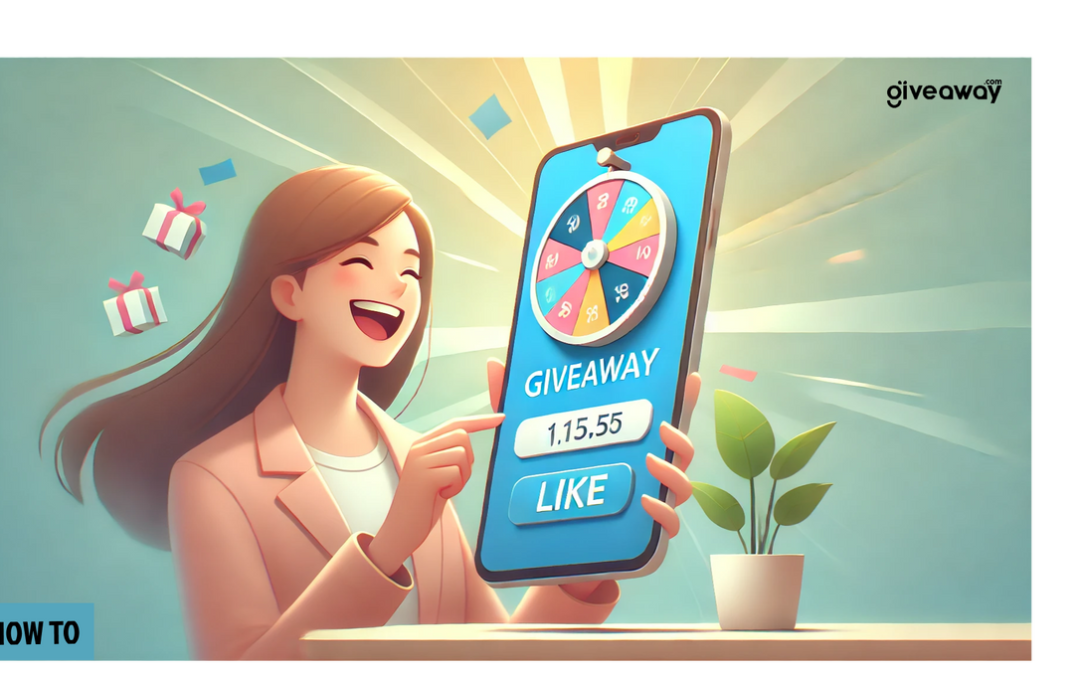Brands and retailers increasingly rely on promotional strategies to engage audiences, and sweepstakes stand out as a top choice. These campaigns attract participants by offering equal chances to win through simple actions like form submissions or social media interactions. Unlike skill-based contests, winners are chosen at random—making them accessible to everyone.
Successful promotions blend creativity with structure. Professional organizers follow strict protocols, from legal compliance to post-campaign analysis. This ensures fairness while gathering valuable consumer insights for future marketing efforts.
Participants often overlook the strategic elements behind these events. By understanding operational mechanics, you can identify patterns in timing, entry methods, and prizes. This knowledge transforms casual participation into a systematic way to boost winning potential.
Key Takeaways
- Sweepstakes prioritize luck over skill, creating equal opportunities
- Major brands use these promotions for customer acquisition and data collection
- Legal frameworks ensure transparency in winner selection processes
- Entry patterns influence success rates more than sheer volume
- Professional organizers analyze demographics for campaign optimization
- Strategic participation outperforms random entry attempts
Understanding Sweepstakes Mechanics and Legal Foundations
Behind every successful promotional event lies a carefully engineered framework. While participants focus on prizes, organizers build campaigns through six distinct phases—starting with ironclad legal compliance.
Core Operational Principles
Sweepstakes rely entirely on chance, unlike skill-based contests requiring talent or effort. Entry methods often involve basic actions: filling out digital forms, uploading receipts, or tagging friends online. These low-barrier requirements explain their popularity—anyone can join with minimal effort.
Professional administrators prioritize transparency. They implement randomized winner selection systems and document every step. This protects brands from disputes while ensuring participants trust the process.
Regulatory Safeguards
U.S. laws mandate critical protections for consumers. The "No Purchase Necessary" rule prevents pay-to-play schemes, while Alternate Methods of Entry (AMOE) guarantee equal access. States like Florida and New York require additional bonding—financial safeguards ensuring prize fulfillment.
Three key compliance areas demand attention:
- Federal Trade Commission advertising guidelines
- State-specific registration deadlines
- Tax documentation for high-value prizes
Recognizing these rules helps identify legitimate opportunities. Promotions skipping legal fundamentals often prove fraudulent—a red flag savvy entrants watch for.
How to Maximize Daily Entry Sweepstakes
Seasoned participants recognize that consistent success stems from intentional systems rather than random efforts. Developing a focused approach allows you to prioritize high-impact opportunities while minimizing time investments.

Smart Entry Management Tactics
Quality consistently outperforms quantity in promotional events. Focus 80% of efforts on single-entry contests with desirable rewards, reserving recurring options for exceptional prizes like luxury vacations. Automated tools can track submission deadlines and eligibility requirements, creating a curated list of viable opportunities.
Top performers dedicate specific time blocks for participation—often under five minutes daily. This prevents burnout while maintaining regular engagement. Separate email accounts and social profiles keep promotional clutter away from personal communications.
Sustainable Engagement Practices
Establish routines that integrate smoothly into existing schedules. Many successful entrants review new contest listings during morning coffee breaks or evening downtime. Prioritize platforms offering clear prize details and straightforward entry mechanisms.
Key efficiency boosters include:
- Bookmarking trusted promotion hubs
- Setting calendar reminders for limited-time offers
- Using password managers for quick form completion
These methods increase your chances without transforming participation into a second job. Remember—every submitted entry represents a potential victory, but strategic selection determines long-term results.
Building a Comprehensive Sweepstakes Promotion Strategy
Effective campaigns begin with a blueprint that connects brand vision to participant interests. Companies design these promotions to achieve specific outcomes while delivering value to their audience. The most rewarding opportunities emerge when corporate goals align with user expectations.
Setting Objectives and Aligning with Brand Goals
Major brands launch sweepstakes to drive measurable results. Common targets include boosting social media followers, increasing product trials, or gathering customer insights. These objectives shape prize structures, entry methods, and marketing channels.
Savvy participants analyze a company’s past promotion patterns. Brands with consistent campaigns often have robust systems for prize fulfillment and winner notifications. Look for organizations that invest in dedicated entry portals or third-party verification tools—signs of legitimate operations.
Three factors determine strategic alignment:
- Prize relevance to the brand’s core offerings
- Entry mechanisms matching target audience preferences
- Campaign duration syncing with product launch cycles
This approach helps identify promotions with higher winning odds and authentic rewards. Companies prioritizing clear goals tend to design fairer, more engaging sweepstakes that benefit both parties.
Leveraging Social Media and Omnichannel Activation
Modern promotional campaigns thrive through interconnected platforms. Savvy participants now combine traditional entry methods with digital innovations to access more opportunities. This blended approach matches how brands distribute contests across multiple touchpoints.
Utilizing Social Media Channels for Enhanced Reach
Platforms like Instagram and Twitter serve as goldmines for discovering promotions. Follow local businesses and tourism boards—their smaller follower counts often mean better odds. One marketing director notes:
"Social media allows brands to target specific demographics while giving participants instant access to time-sensitive offers."
Create separate accounts dedicated to contest hunting. Use tools like Hootsuite to track hashtags like #giveaway or #contestalert. These filtered streams help you spot opportunities faster than scrolling through feeds.
Integrating Email, SMS, and Onsite Tactics
Combine your social efforts with email subscriptions from favorite brands. Many companies reserve exclusive promotions for their subscriber lists. Try address variations like "youremail+promos@domain.com" to auto-sort incoming offers.
| Entry Method | Success Rate | Time Investment |
|---|---|---|
| Social Media | 18% | Low |
| 22% | Medium | |
| Website Forms | 15% | High |
SMS alerts work well for flash promotions—opt-in services deliver instant notifications. Pair these with quick website entries during breaks. This omnichannel strategy ensures you never miss viable promotion windows while maintaining efficiency.
Optimizing Prize Procurement and Fulfillment
The true value of promotional campaigns becomes evident when winners receive their rewards. Effective prize procurement and fulfillment processes separate legitimate opportunities from hollow promises, creating trust between brands and participants.
Selecting Attractive and Relevant Rewards
Winning opportunities increase when rewards align with both sponsor goals and participant interests. Research shows 91% of consumers prefer promotions offering personalized value. A travel blogger might prioritize vacation packages, while tech enthusiasts seek cutting-edge gadgets.
| Prize Type | Key Considerations | Fulfillment Success Rate |
|---|---|---|
| Travel Packages | Blackout dates, hidden fees | 78% |
| Tech Gadgets | Market value verification | 92% |
| Cash Rewards | Tax documentation | 100% |
Ensuring Timely and Transparent Prize Delivery
Reputable sponsors maintain clear timelines for prize distribution. One contestant shared:
"When my resort stay's tax burden exceeded its actual value, the sponsor adjusted the reward amount within 48 hours."
Always verify these four fulfillment factors:
- Delivery method tracking systems
- Sponsor-provided insurance coverage
- Alternative reward options
- Detailed terms for travel prizes
Professional organizers use established supplier networks to guarantee satisfaction. This infrastructure ensures winners receive rewards matching initial promises—crucial for maintaining campaign credibility.
Insider Tips for Enhancing Sweepstakes Participation
Winning strategies in promotional events often hinge on psychological triggers and streamlined processes. Savvy participants focus on campaigns that eliminate complex requirements while leveraging human behavior patterns.
Creating Urgency Through Gamification and Timed Entries
Time-sensitive promotions with countdown clocks or daily rewards tap into FOMO psychology. Brands using phrases like “24-hour giveaway” typically see 33% higher engagement rates. Gamified elements—spin wheels or progress bars—transform routine entries into interactive experiences.
Prioritize contests offering tiered rewards. These often include instant-win opportunities alongside grand prizes, multiplying your chances. Quick-entry forms and mobile-friendly designs signal well-funded promotions worth your attention.
Rewarding Social Sharing to Boost Engagement
With 46% of Americans constantly on their phones, sharing mechanics unlock extra entries. Look for promotions granting bonus chances when tagging friends or reposting content. This tactic benefits both participants and brands through organic reach expansion.
Social-focused sweepstakes frequently feature higher-value prizes to encourage viral sharing. Separate your personal and contest accounts to maintain organization while capitalizing on these opportunities effortlessly.

